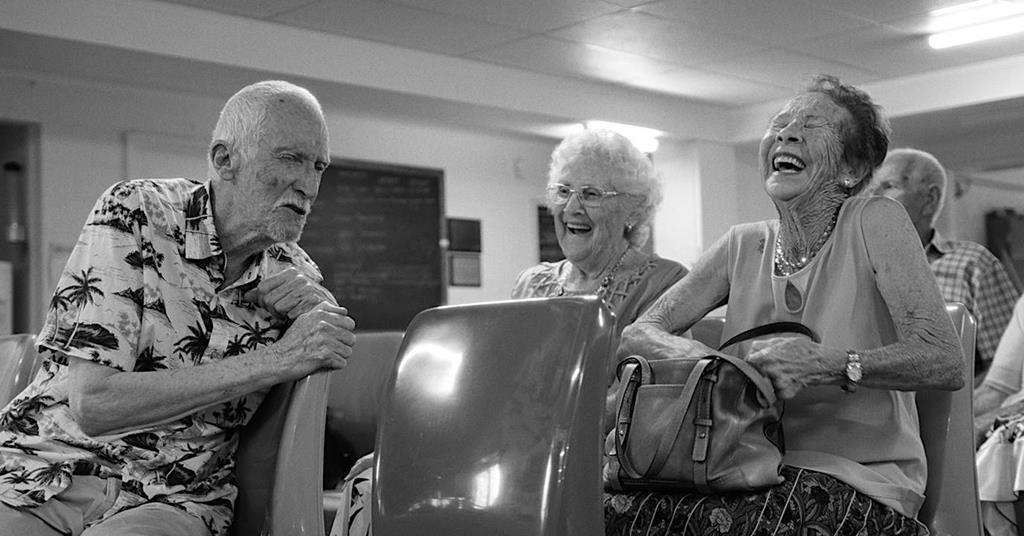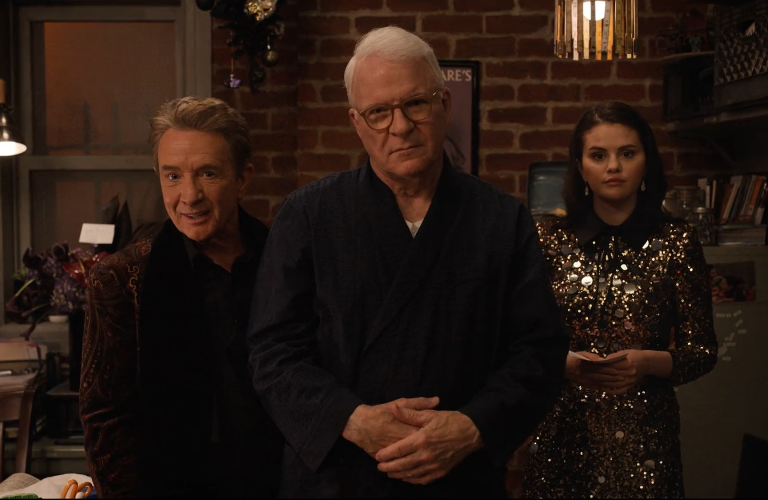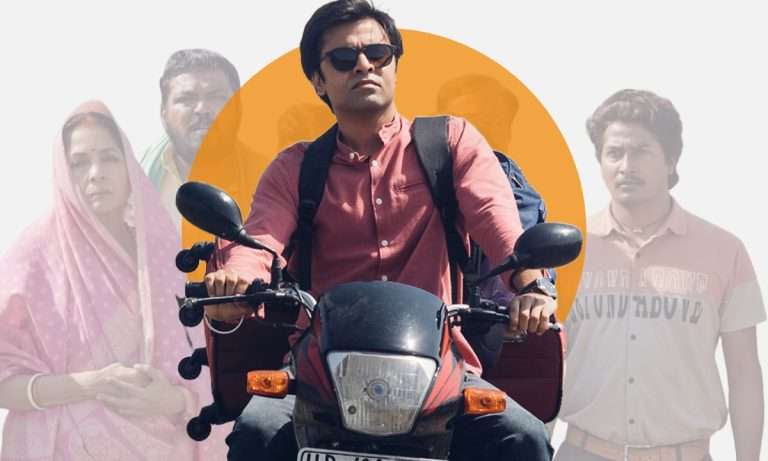In Jaydon Martin’s “Flathead,” Cass stands in front of a Lutheran Church, smoking a cigarette. ‘For God so loved the world, that he gave his only begotten Son, that whosoever believeth in him should not perish, but have everlasting life,’ reads on his back, and Cass, like a rebel without a cause, looks straight into the camera. Cass, age 77, returns to his hometown, Bundaberg. With the guidance of the director Jaydon Martin and local figures, he revisits and revises his life.
Cass Cumerford claims to be an actor, but here he got invited to play himself. A character ghosted by his past with no lack of energy to live in the present and move forward with his life. The director met Cass online and started engaging with him on his vision of a film dedicated to the working class, migrant, and indentured workers of Australia. In his directorial debut, Jaydon Martin worked towards possible scripted scenes, but the outcome hardly makes any use of those preconceived ideas.
Together with editor Patrick McCabe, maybe involuntarily, apply a filmmaking method widely introduced by Werner Herzog. Cass and Andrew (the second leading figure of the film) have been conditioned through discussions with Martin and allowed to perform freely their daily life. Martin’s camera stands next to them and the locals as they go on with their lives, chatting punchlines and sharing observations. Undoubtedly, they keep going on the same course long before and after the camera is on. They are all characters as if they jumped out of the wildest articulated script. There’s such an authentic illustration.
Time is diluted as we follow Cass being introduced and taken by any spiritual exploration. We see him receiving baptism from a preacher and being subjected to magnet-based meditation. And we see him sharing laughs with new acquaintances along the ride. The events of his past unfold in retrospective narrations in front of the camera, and everything comes together with a collage of footage from the area as visual annotations. It is more funny than dramatic, as one would think that a guy with habits like his wouldn’t make it that far.
In a poignant and exemplary moment in “Flathead,” Cass describes his years of speed and heroin use as a ‘stupid waste of time’ that functioned as a hobby for him and his late wife. Following up on how these habits manifest in older ages is pretty exciting. It is a rare case, perhaps, but have you ever seen a cheerful and social ex-addict in his late 70s curled up around a toilet, intoxicated, spilling out his guts?

All jokes aside, the story is a direct confrontation with loss and enlightenment. Andrew Wong, a Chinese-Australian heir of his father’s local fish and chip shop, built up his identity by working on his muscles. He has been a fitness motivational YouTuber whose face stands for a simple and well-meaning soul. Naturally, next to Cass, he brings the light of faith – an observation only possible due to the choice of monochrome, which purifies the scenes from distractions. With the black and white principal, documentary shots blend down with any hyper-fictional narrative element.
Light stands out as if shielding the story, washing away the difference between fact and truth. We are not emotionally instructed, not even required to empathize, but we are revealed to what is referred to as ‘the divine mystery.’ Over the Q&A after the premiere screening, editor Patrick McCabe mentions, ‘It’s a really beautiful medium (black and white), where everything is stripped back to its bare bones, and you really see someone’s soul.’
“Flathead” falls under the category of docufiction. It is hard to keep up with this term, or any term related to genre, as a matter of fact. Many scenes are guided or altered in post-production, but this is confusing information or, better, insignificant. The reality is that, whether natural or constructed, the setting of this regional Australian place has enough content to tell the story of a community subjected to effacement. Undeniably, it is a unique capture of regional Australian communities.
This is just a fact of archival value that doesn’t necessarily resonate with an international audience. In this respect, the lopsided habitual practices of the locals, namely sharp philosophized conversations over drinking in rotation with gatherings for the sole purpose of gun-firing, provide a lucid overview of the succumbing human state. This is most likely of a cultural outreach (best depicted in “Wake in Fright” by Ted Kotcheff), yet in the case of “Flathead,” it comes as an allegory for our weakness over the burden – or force – that has resurfaced from profound thoughts.
The story holds positive undertones, ones of hope and redemption. Probably because of the smiles, jokes, and humoristic instances, but also due to the vocal embellishment of old spiritual hymns. But don’t get this wrong: “Flathead” is not to be mistaken as a light-hearted feature. It is as whimsical, as poetic, as it is demanding. And so, it is not for casual watching.






![Two for the Money [2005]: Review](https://79468c92.delivery.rocketcdn.me/wp-content/uploads/2017/03/Two-For-The-Money-featured-768x432.jpg)
